Musée National d'Art Contemporain (국립현대미술관 서울관)
831.7M 2023-06-23
30, Samcheong-ro, Jongno-gu, Seoul
+82-2-3701-9500
Le Musée National d'Art Contemporain de Séoul a ouvert ses portes en 2013 au centre de Séoul à côté du palais Gyeongbok. Le musée a adapté un concept de 'cour' pour mieux se mélanger aux alentours et lier organiquement l'extérieur et l'intérieur du bâtiment.
Sur le terrain du musée, il y avait autrefois quelques grandes organisations administratives de l'époque Joseon mais aussi les hôpitaux militaires lors de la colonisation japonaise. Ce site est un site historique tant sur le plan politique que culturel. Notez que le musée est fermé les mercredis et samedis.
*Jour de l'inauguration : 12 novembre 2013
Musée d’art Ilmin (일민미술관)
849.6M 2022-09-27
1, Cheonggyecheon-ro, Jongno-gu, Seoul-si
Le musée d’art Ilmin se situe dans l’ancien bâtiment du journal Dongah. Le journal Dongah a été crée en 1926 et siègea dans ce lieu pendant 66 ans. Il représente le plus ancien bâtiment de presse en Corée. Il a été fermé pendant un an pour cause de travaux de rénovation et a été réouvert en 1996. Le musée a gardé son sol en carrelage et ses murs de verre malgré les années.
De la dynastie Goryeo (918-1392), il y a 430 pièces de la collection Ilmin(M. KIM Sang-Man) et 1200 pièces de la collection d‘art du journal Dongah, et 100 pièces d’art appartenant à la société Hyundai.
Cette collection provient surtout de Kim Sang-Man. La plupart des pièces sont des peintures. Or certaines oeuvres sont importantes pour l’histoire. La collection Hyundai contient particulièrement des peintures de critiques sociales. Au sous-sol se trouve une boutique d’objets d’art où il y a aussi des peintures originales.
Seoul Gyeonggyojang (서울 경교장)
873.3M 2021-06-22
29, Saemunan-ro, Jongno-gu, Seoul
+82-2-735-2038
Situé a Pyeong-dong, Jongno-gu, Seoul, c’est
un lieu historique ayant servi de bureau et lieu de résidence de Kim Gu, indépendantiste
et chef du gouvernement provisoire coréen, depuis son retour de Chine de
novembre 1945 jusqu’à son assassinat le 26 juin 1949. Avec le Ihwajang de Lee
SeungMan et le Samcheongjang de Kim GyuShik, Gyeonggyojang fait partie des 3
lieux qui ont vu la naissance de la fondation de la République de Corée. Choi
ChangHak, exploitant de mine d’or, bâtit cette maison au style architectural japonais
de 875m² (un sous-sol, et
deux étages en surface) sur un terrain de 5 235m² et la nomma Jukcheomjang. Après la date
d’indépendance du 15 août, Choi ChangHak offra cette résidence à Kim Gu qui
renomma cette demeure au nom japonais par le nom Gyeonggyojang tiré du nom d’un
pont se situant à proximité. En 1968 l’hôpital Goryeo, actuel Gangbuk Samsung,
racheta cette résidence pour l’intégrer dans son centre hospitalier.
Espace vert de Songhyeon ouvert (열린송현 녹지광장)
895.5M 2025-11-03
Songhyeon-dong, Jongno-gu, Séoul
L'espace vert de Songhyeon ouvert est un espace situé dans le district de Jongno, dans le quartier de Songhyeon, entre le palais de Gyeongbokgung et Jongno. Le site de Songhyeon a été utilisé comme résidence pour la Banque d'Industrie pendant l'occupation japonaise, puis comme logement pour les troupes américaines et pour l'ambassade des États-Unis après la libération, avant d'être restitué à notre gouvernement en 1997. Cependant, il est resté à l'abandon sans utilisation particulière, entouré de hauts murs. En juillet 2022, la propriété a été transférée à la Korea Housing Corporation, puis à la ville de Séoul, qui l'a transformée en une place de verdure ouverte, offrant repos et culture, et l'a ouverte aux citoyens. L'espace, qui était fermé pendant une longue période et entouré d'un mur de 4 mètres de hauteur, a été aménagé en un espace vert agrémenté de fleurs sauvages, permettant ainsi de voir la vaste place de verdure d'un seul coup d'œil depuis Yulgok-ro et Gamgodang-gil. En entrant dans le mur de pierre, une grande pelouse centrale, plus vaste que celle de la place de Séoul, s'étend au centre de la place. Autour de la place, des colonies de fleurs sauvages comme des cosmos et des hibiscus ont été créées. Le palais de Gyeongbokgung et Bukchon sont reliés à la place par un chemin court qui s'ouvre avec le site de Songhyeon. En marchant à travers la place, on se connecte naturellement à la Maison Bleue, à la place Gwanghwamun, à Insadong et aux ruelles de Bukchon.
Rue de Cheongwadae (청와대 앞길)
897.5M 2025-08-20
Gungjeong-dong, Jongno-gu, Séoul
+82-2-120
La rue de Cheongwadae a été créée avec l’instauration du gouvernement civil, et s’étend depuis le carrefour de Hyoja à Hyoja-dong jusqu’au carrefour de Palpan à Palpan-dong. En suivant la rue Hyoja depuis la station de métro Gyeongbokgung, vous trouverez le Sarangbang de Hyoja, une fontaine, un bosquet d’hibiscus, le hall Yeonmugwan, le pavillon Daegogak et le hall Yeongbingwan.
Le Sarangbang de Hyoja est un petit bâtiment composé d’un rez-de-chaussée abritant une exposition relatant les 600 ans d’histoire de Séoul, et d’un étage où sont exposés des cadeaux d’hôtes étrangers prestigieux. Les visiteurs peuvent se reposer dans le jardin de derrière. Au Daegogak se trouve un tambour offert au président Kim Yeong-san en souvenir de l’ancien tambour Sinmungo. Le hall Yeonmugwan est l’endroit où le personnel des services de sécurité s’entraîne aux arts martiaux. On y trouve également une citadelle en pierre naturelle, ainsi qu’un espace de repos. Derrière le bosquet d’hibiscus siègent l’ambassade du Vatican et le pavillon Chilgung.
Bordée d’arbres touffus et de parterres fleuris, la rue de Cheonwadae est l’endroit rêvé pour une belle promenade. La résidence présidentelle Cheonwadae (qui signifie « Maison Bleue ») se trouve juste en face de la porte Sinmumun du côté Nord du palais Gyeongbokgung, et la rue se termine sur la porte Chunchumun, où se trouve le centre de presse de Cheonwadae. Un peu plus loin, la rue Samchongdong-gil s’étend depuis la porte Chunchumun jusqu’à la porte Geonchunmun (porte principale du palais Gyeongbokgung). De nombreuses galeries de peinture y sont installées (galerie Gukje, galerie Growrich, galerie Hyundai, etc) , ce qui en fait un lieu de prédilection pour tous les amateurs d’art.
Temple Jogyesa de Séoul (조계사(서울))
947.9M 2021-12-22
55, Ujeongguk-ro, Jongno-gu, Seoul-si
+82-2-768-8500
Le temple Jogyesa est un
temple bouddhiste zen en Corée qui a la particularité d’être situé en
plein centre-ville de Séoul. Jogyesa se situe dans une rue perpendiculaire aux rues illuminées de Jongno, et à la rue menant à la station Anguk,
non loin de la rue d'Insadong.
La première chose que l'on remarque
en entrant dans le temple, ce sont les arbres qui font face au bâtiment principal âgés de plus de 500 ans. Un de ces
arbres mesure 26 mètres de haut et procure en été un ombrage apaisant.
Le temple a servi dès 1910 de résidence principale pour le moine Han Yong-un. Le bâtiment principal
érigé en 1938 est majestueux, décoré de nombreuses couleurs. A l’intérieur se trouve une statue du bouddha Sakyamuni. A l’extérieur,
en face, se trouve une pagode de sept étages contenant des reliques de bouddha.
Le temple Jogyesa ne possède pas cette atmosphère solennelle que l’on peut
retrouver dans les temples situés en montagne qui offrent par exemple une
vue panoramique sur la montagne ou sur la mer. Mais, situé en ville, il est facile d’accès et convient aux visiteurs à l’emploi du temps serré. A proximité du temple se trouvent des petites boutiques spécialisées dans la
vente d'articles bouddhistes
(chapelets, écrits, encens, etc) mais également des souvenirs tels que des poupées et des porte-clés. Les personnes intéressées par le bouddhisme y trouveront certainement
leur bonheur.
Hall de Jungmyeongjeon (중명전)
1.0Km 2024-12-18
41-11, Jeongdong-gil, Jung-gu, Seoul-si
+82-2-752-7525
Le Hall Jungmyeongjeon est situé à côté du théâtre Chongdong. On peut y accéder facilement en longeant le mur de pierre du Palais Deoksugung. Ce bâtiment de trois niveaux de style occidental, conçu par l’architexte russe Seredin Sabatin, a accueilli la bibliothèque impériale entre 1897 et 1901. Il était connu à l’origine sous le nom de Suokheon.
Après l’incendie du Palais Deoksugung, le Hall Jungmyeongjeon est devenu le bureau principal de l’empereur Gojong pour y discuter des affaires nationales et y accueillir les dignitaires étrangers. Ce bâtiment a également été le témoin des heures les plus tragiques de l’histoire, avec la signature de l’infâme traité de Eulsa, instaurant le protectorat entre le Japon et la Corée.
Le Hall Jungmyeongjeon se trouvait à l’origine dans l’enceinte du Palais Deoksugung, mais il a été ensuite séparé du palais lorsqu’un mur de pierre a été construit entre les deux. Il présente un style architectural coréen moderne, mais malheureusement, il a perdu une grande partie de sa structure originale à l’exception de son extérieur à cause d’un incendie en 1925. Après la libération du joug japonais le 15 août 1945, le Hall Jungmyeongjeon a eu différents usages. En septembre 2006, la propriété du Hall Jungmyeongjeon est passée à l’Administration des Biens Culturels, et il a été classifié comme appartenant au Palais Deoksugung en tant que Site Historique n° 124 en février 2007.
Lol Park (롤파크)
1.0Km 2024-04-23
33, Jongno, Jongno-gu, Seoul
Lol Park est le plus grand centre consacré aux compétitions du jeu 'League of Legends' en Corée avec l'organisation des LCK (League of Legends Champions Korea). Le lieu accueille par ailleurs différents événements en lien avec l'e-sport.
Vallée de Suseong-dong (수성동계곡)
1.0Km 2025-04-18
185-3, Okin-dong, Jongno-gu, Seoul
Les courants d'eau de la vallée Suseong-dong s'écoulent du mont Inwangsan pour rejoindre la rivière Cheonggyecheon. Le site apparaît dans la peinture "Jangdong Palgyeongcheop" tout comme dans des récits historiques datant de la dynastie Joseon.
Hanboknam (한복남)
1.1Km 2021-01-19
17, Bukchon-ro 5ga-gil, Jongno-gu, Seoul
+82-10-6485-8507
Hanboknam, terme signifiant littéralement 'un homme vêtu du hanbok', est un centre sélectionné par le Ministière de la Culture comme entreprise créative (2015) qui s'est installé à Séoul en 2016 (auparavant à Jeonju). Ce centre propose des services de prêt ainsi que des expositions autour du hanbok, le vêtement traditionnel coréen.
On trouve de nombreux types de hanbok disponibles dans ce centre répondant à différentes thématiques. Les employés du centre peuvent vous fournir de l'aide pour choisir les accessoires du hanbok. Les services de prêt sont répartis selon différents espaces horaires (1h, 2h etc).
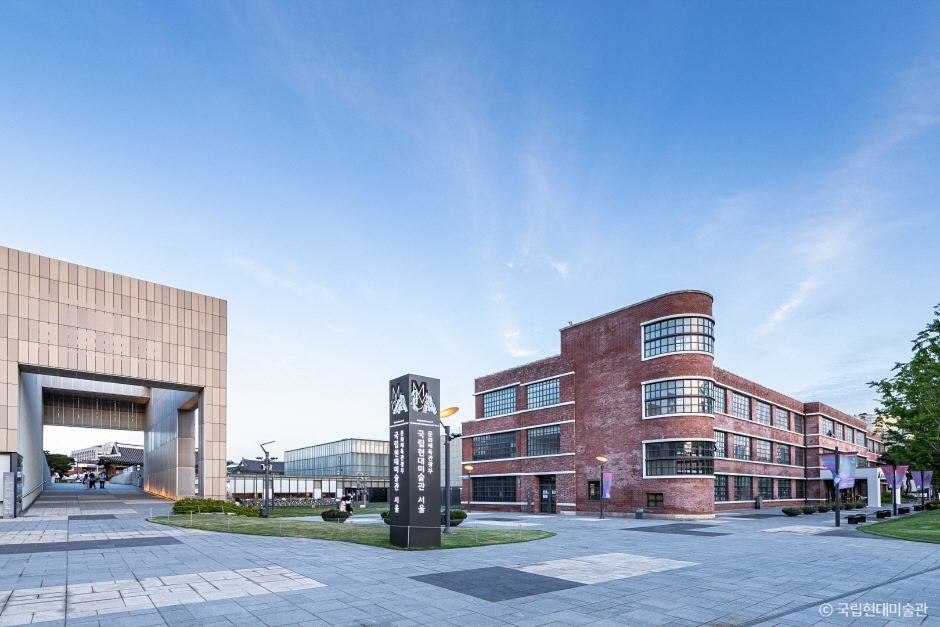
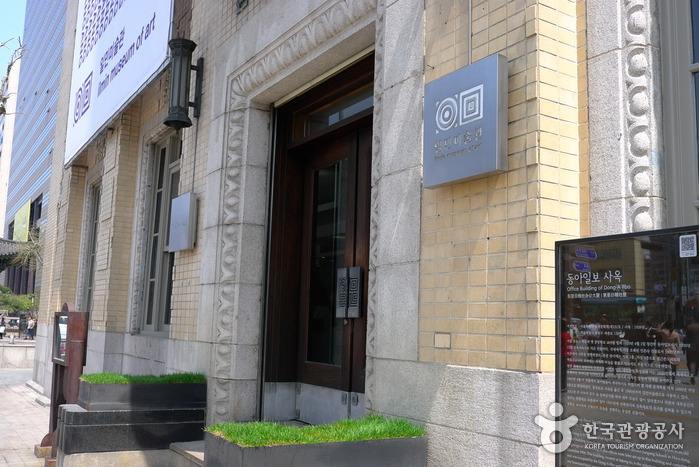
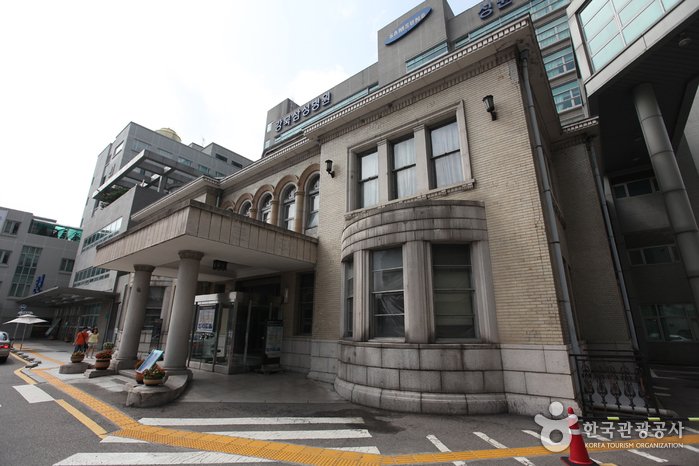
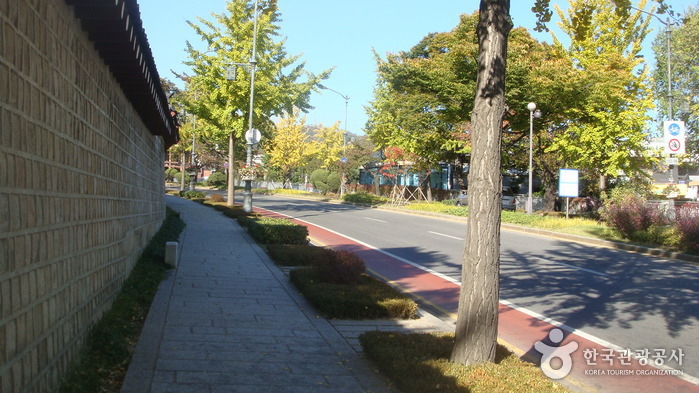
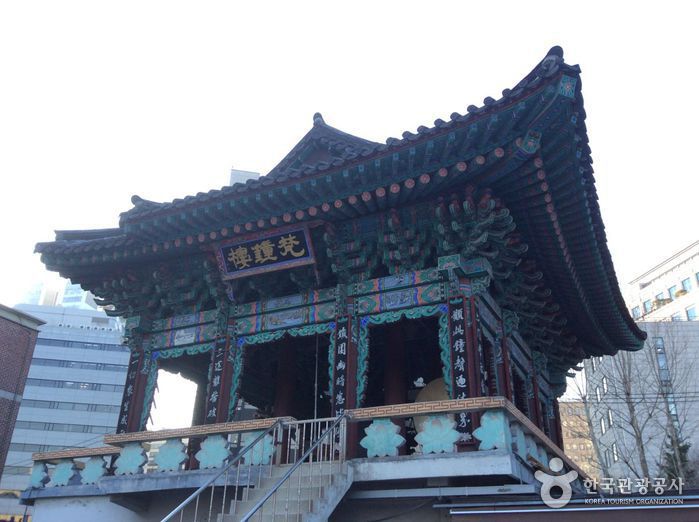
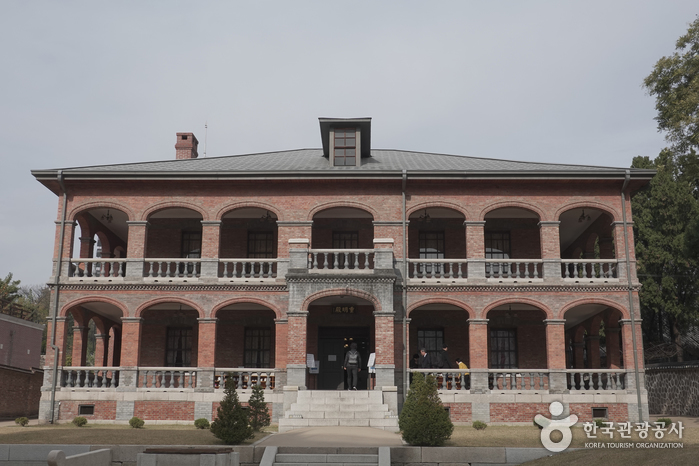
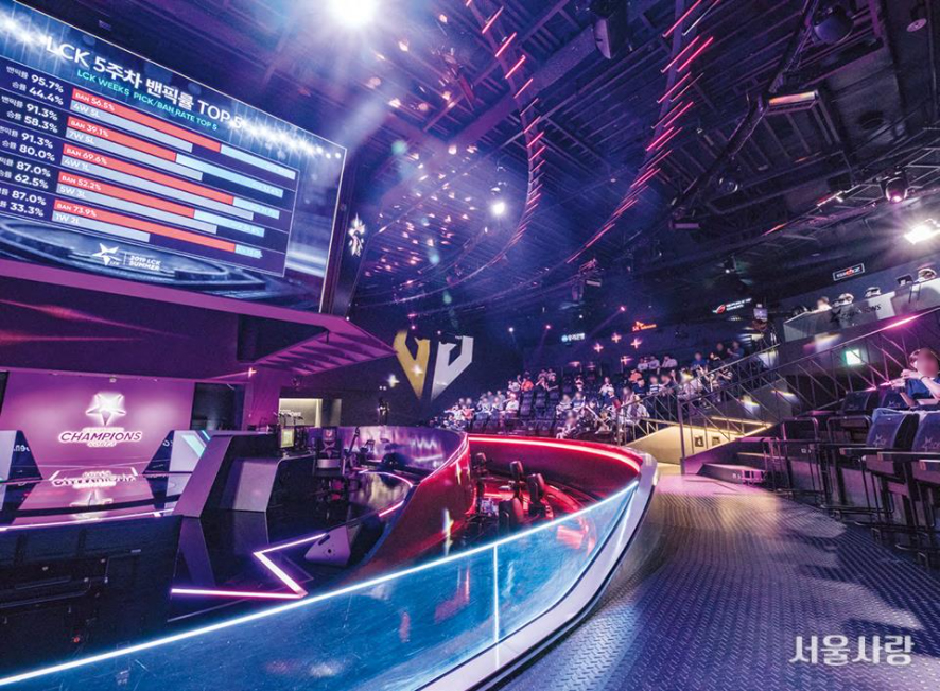
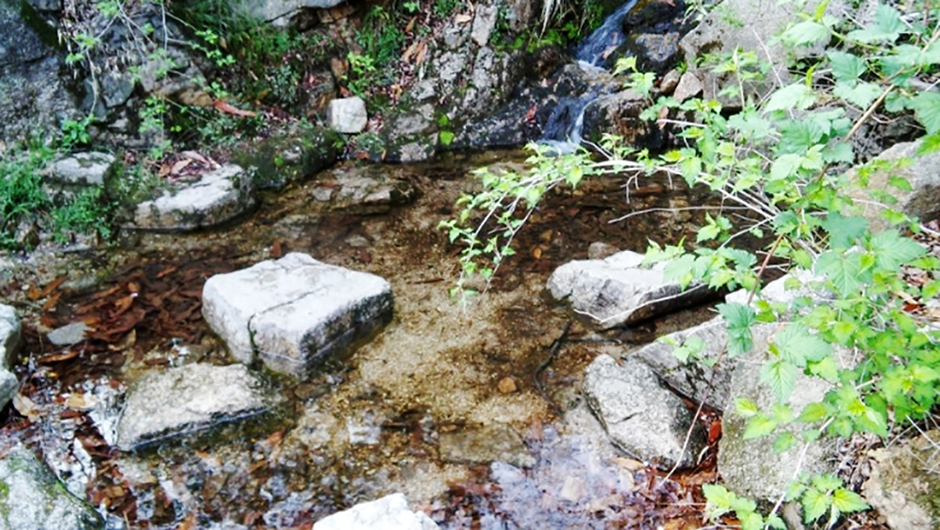
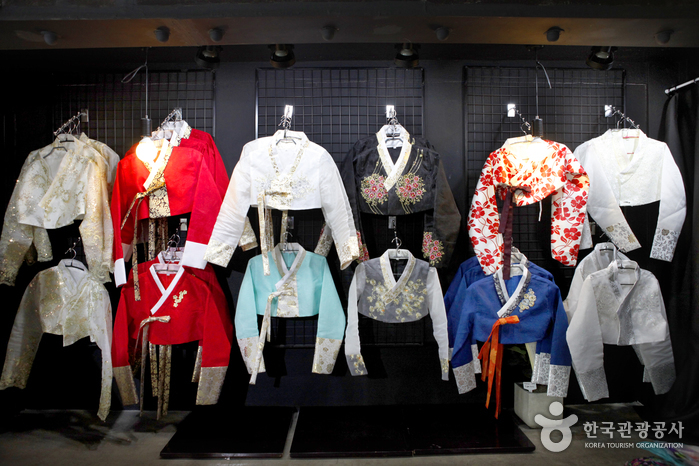
 Français
Français
 한국어
한국어 English
English 日本語
日本語 中文(简体)
中文(简体) Deutsch
Deutsch Español
Español Русский
Русский